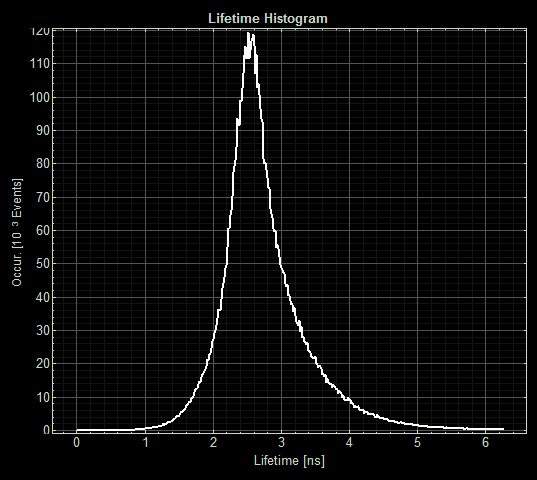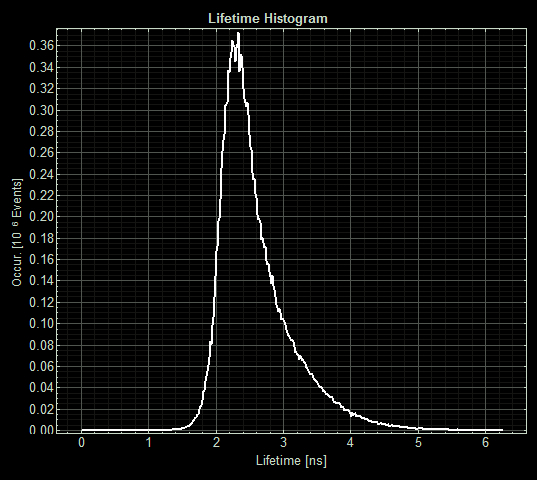Part:BBa_K190020
MymT
MymT is a methallothionein binding Cu (II), it binds 4-6 Cu(II) ions.
Usage and Biology
MymT can be used to accumulate Cu(II) intracellular. The gene was functionally expressed in E. coli, though it should be expressed at 15°C as it will be completely insoluble when overexpressed at 37°C.
Sequence and Features
- 10COMPATIBLE WITH RFC[10]
- 12COMPATIBLE WITH RFC[12]
- 21COMPATIBLE WITH RFC[21]
- 23COMPATIBLE WITH RFC[23]
- 25COMPATIBLE WITH RFC[25]
- 1000COMPATIBLE WITH RFC[1000]
Use by Oxford iGEM 2016
Our project aimed to detect and chelate dietary copper as a treatment for Wilson's Disease, a copper accumulation disorder. We decided that the ideal copper chelation protein would have these properties:
- Should be able to bind multiple copper ions per peptide to increase the efficient use of cell resources.
- They should be from the prokaryotic domain because eukaryotic proteins can have expression issues in Escherichia coli.
As MymT was shown by Gold et. al(1) to bind up to 7 copper ions (but with a preference for 4-6) we investigated whether MymT would be suitable for our project.
We codon optimised this copy of MymT then added a C terminal his tag to create part: BBa_K1980002 and also produced a codon optimised form with a C terminal sfGFP that also had a C terminal His tag: (BBa_K1980003).
In addition we expressed both from the copper sensitive promoter, pCopA, with the copper regulator expressed divergently from the pCopA promoter: (BBa_K1980011 and BBa_K1980012).
Experience
We cloned our codon optimised, his tagged MymT from Gblock into the shipping vector then transferred it into the pBAD, arabinose-inducible commercial expression vector.
When expressing our proteins we dud not express them at 15°C as advised above but did not observe any problems in expression of our sfGFP tagged protein. This may be because the sfGFP is stabilising the MymT peptide sequence
We were unable however to detect copper chelation activity of MymT when expressed from pBAD in MG1655 E. coli strain, using a BCS absorbance assay. Modelling by our team suggested that this was because insufficient protein could be expressed to chelate the amount needed to be detectable on the assay ( 2μM detection limit).
We purified the sfGFP-tagged version of this protein (BBa K1980003) but were still unable to detect copper chelation with the assay in our purified extracts.
FLIM
We discovered a paper by Hötzer et al(2) that described how His-tagged GFP can be quenched by a copper ion binding to this His tag leading to a reduction in the fluorescence lifetime (the time the fluorophore spends in the excited state before returning to the ground state by emitting a photon.) They speculated that this could potentially be used as a in vivo copper assay.

As we had His-tagged our chelator-sfGFP constructs we were curious to see if this technique could be applied to our parts to measure copper chelation in vivo by our parts. We believe that two possibilities were likely:
- Copper chelation by the chelator reduces the free copper concentration inside the cell meaning that less binds to the His tag and the fluorescence lifetime will be greater than a His-tagged sfGFP control
- Copper chelation by the chelator would allow additional quenching if copper was bound within the quenching radius of the fluorophore leading to a reduction in fluorescence lifetime compare with a sfGFP control
Lacking access to a fluorescence lifetime microscope ourselves we contacted Cardiff iGEM who had a FLIM machine in their bioimaging unit.
We sent Cardiff iGEM our parts MymTsfGFP in pBAD and pCopA CueR sfGFP (as a control) in live MG1655 E. coli in agar tubes. Cardiff grew them overnight in 5ml of LB with 5uM copper with and without 2mM arabinose.
The imaging unit spread each strain on slides and measured the fluorescence lifetime of three areas on each slide.
(Acquisition parameters: using the x63 water immersion objective with excitation at 483nm (71% intensity, pulse rate 40MHz) and emission via a BP500-550 filter. Scan resolution at 512 x 512 pixels at pixel size of 0.26 microns/pixel, 1AU pinhole. Counts of >1000 per lifetime recording.)
FLIM images from one section of each slide:

As expected the pCopA CueR sfGFP control was fluorescent, with and without arabinose, with the mean fluorescence lifetime a consistent 2.6ns.
When MymTsfGFP was induced the mean lifetime decreased to 2.3ns. As MymTsfGFP is was observed to be reliably expressed and because MymT is a small copper cluster separated form sfGFP by a small linker we believe that this represents additional quenching of the fluorphore by MymT-bound copper showing in vivo copper chelation.
References
(1) Ben Gold, Haiteng Deng, Ruslana Bryk, Diana Vargas, David Eliezer, Julia Roberts, Xiuju Jiang, & Carl Nathan (2009) “Identification of a Copper-Binding Metallothionein in Pathogenic Mycobacteria” Nat Chem Biol. 2008 October ; 4(10): 609–616. doi:10.1038/nchembio.109.
(2) Hötzer B., Ivanov R., Altmeier S., Kappl R., Jung G., (2011) "Determination of copper(II) ion concentration by lifetime measurements of green fluorescent protein." Journal of Fluorescence, 21(6), pp. 2143-2153. doi: 10.1007/s10895-011-0916-1
//cds
| n/a | MymT |


